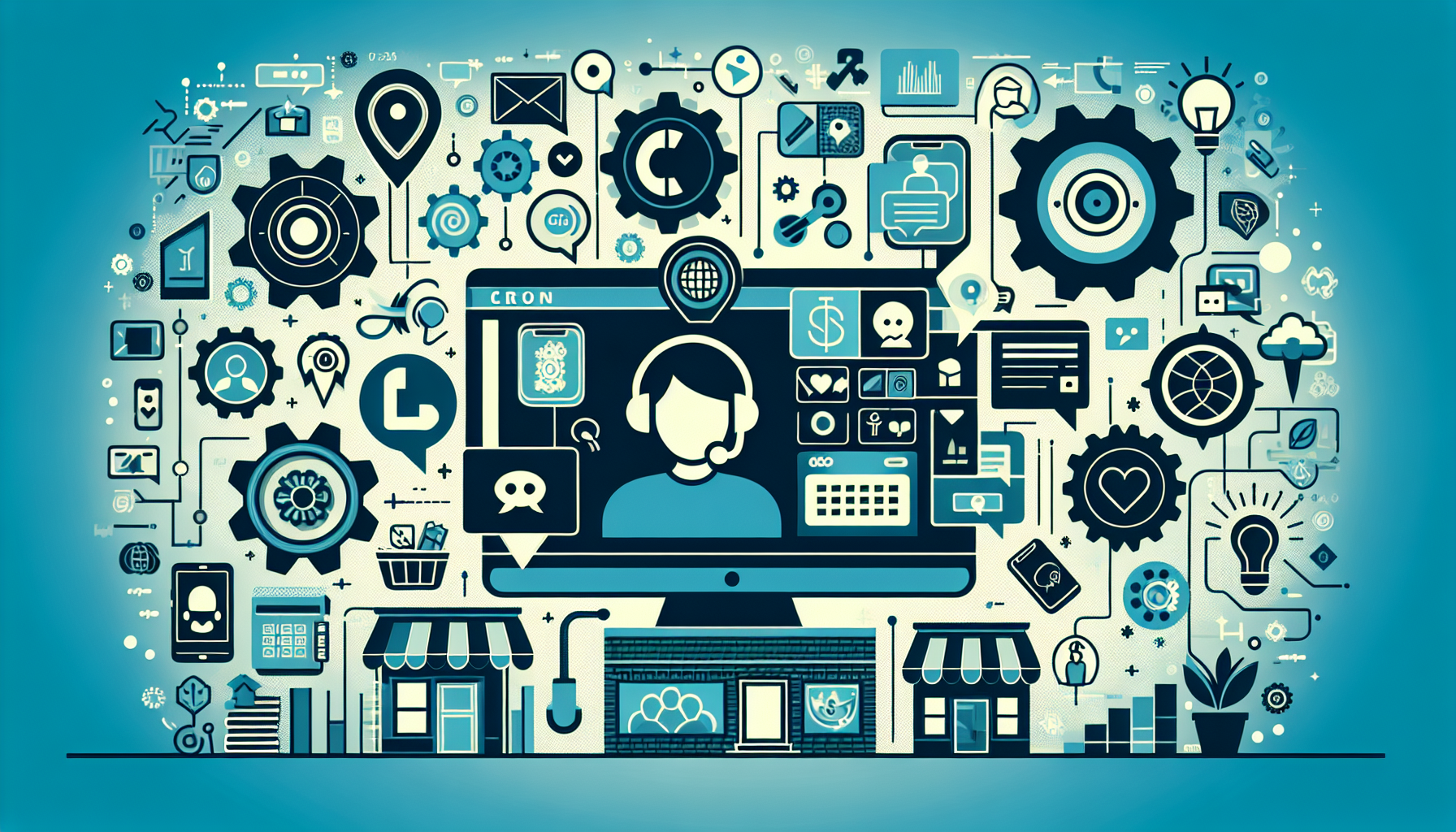Essential Techniques for Automating Customer Support in Small Businesses
In today’s fast-paced business environment, small businesses must find efficient ways to manage customer support. Automation can significantly enhance response times, increase customer satisfaction, and reduce operational costs. Here are essential techniques for automating customer support.
1. Implementing Chatbots
Chatbots operate 24/7, providing immediate responses to consumer inquiries. Incorporating chatbots into your website can facilitate real-time interactions. These AI-driven tools can handle common questions, guiding customers through essential processes such as order tracking, return policies, and product inquiries.
-
Choosing the Right Platform: Platforms like Tidio or Intercom offer user-friendly interfaces for setup and integration. Most chatbots can be customized to align with your brand voice, enhancing the customer experience.
-
Continuous Learning: Advanced chatbots utilize machine learning to improve responses over time. By analyzing past interactions, these systems can adapt and offer more accurate answers.
2. Utilizing Automated Email Responses
Automated email systems allow businesses to manage customer queries efficiently. Pre-crafted responses can be set up for common inquiries, providing customers with instantaneous information.
-
Autoresponders: An autoresponder can confirm receipt of customer emails, assuring them their inquiry is being addressed. This immediately mitigates frustration, improving customer satisfaction.
-
Follow-up Sequences: Automated follow-up emails can remind customers about unresolved issues or request feedback after a service interaction, maintaining engagement post-interaction.
3. Creating a Comprehensive FAQ Section
A well-structured FAQs section on your website can drastically reduce the volume of direct inquiries. By preemptively addressing potential customer questions, you empower them to find solutions independently.
-
Categorizing Information: Ensure FAQs are organized by topic, making it easy for users to navigate. This section should evolve based on new customer inquiries to remain relevant.
-
Search Functionality: Incorporating a search feature within the FAQs allows users to quickly find answers, enhancing user experience.
4. Leveraging Customer Relationship Management (CRM) Software
A robust CRM system integrates customer data, automating various support functions. Platforms like HubSpot or Salesforce can streamline customer interactions and track service history.
-
Automated Ticketing: CRM software can manage support tickets automatically, categorizing and prioritizing them based on urgency or customer status.
-
Segmentation and Targeting: The automation capabilities allow businesses to segment customers based on their behavior or transactions, enabling tailored communication strategies.
5. Incorporating Help Desk Software
Investing in help desk software can revolutionize how small businesses handle customer inquiries. These platforms centralize customer support interactions, ensuring no query goes unanswered.
-
Integration Capabilities: Choose help desk solutions that integrate with existing tools, like email and social media platforms. This connectivity provides a seamless experience across various channels.
-
Reporting and Analytics: Most help desk solutions come with built-in analytics tools that allow businesses to monitor support performance, examining metrics like response time and ticket resolution rates.
6. Utilizing Social Media Automation Tools
Social media is a vital customer interaction platform. Automating responses on social media channels can enhance engagement while maintaining a consistent brand presence.
-
Scheduled Posts: Tools like Hootsuite or Buffer facilitate the scheduling of posts and responses, ensuring consistent interaction with customers.
-
Social Listening Tools: Employ automation tools that monitor mentions of your brand, allowing you to respond promptly to customer feedback and inquiries.
7. Engaging Through IVR Systems
Interactive Voice Response (IVR) systems can streamline phone support by directing customers to the appropriate department or providing essential information.
-
Menu Options: Craft clear and concise menu options, allowing callers to navigate without friction. A well-designed IVR can significantly improve customer experience by reducing wait times.
-
Feedback Mechanisms: Utilize IVR to collect customer feedback regarding their experience, providing valuable insights for improving your service.
8. Implementing Knowledge Base Articles
A knowledge base serves as a self-service portal for customers, offering in-depth guides, how-to articles, and troubleshooting tips.
-
User-Friendly Design: Ensure the knowledge base is visually appealing and easy to navigate. Incorporating visuals such as videos or infographics can enhance comprehension.
-
Regular Updates: An up-to-date knowledge base will reflect the latest products and services, ensuring customers have access to the most current information.
9. Enabling Customer Self-Service Portals
Self-service portals empower customers to resolve their issues without direct assistance from support staff. These portals can include ticket submission forms, account management features, and access to FAQs.
-
Simplified User Experience: Ensure user navigation is intuitive. A clutter-free design with clearly marked sections will encourage customers to utilize self-service features.
-
Mobile Accessibility: With a growing number of users accessing services via mobile devices, ensure that self-service portals are fully optimized for mobile.
10. Monitoring & Analyzing Automation Effectiveness
Regularly measuring the effectiveness of your automation strategies ensures they’re meeting your business goals.
-
Key Performance Indicators (KPIs): Track metrics such as customer satisfaction scores, ticket resolution times, and the volume of incoming queries pre-and post-automation.
-
Feedback Loops: Actively solicit feedback from customers regarding the automated systems in place. Understanding their experiences can guide further enhancements.
Automation is not just about adopting technology; it’s about creating a seamless experience that both minimizes operational loads and maximizes customer satisfaction. By systematically implementing these essential techniques, small businesses can transform their customer support operations, ultimately driving growth and loyalty.


